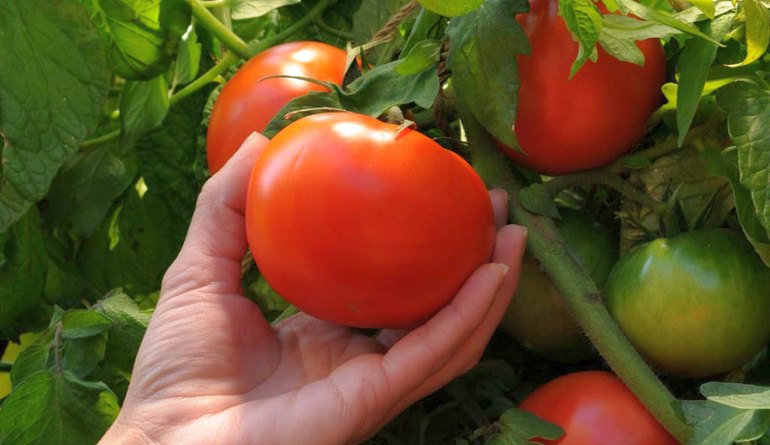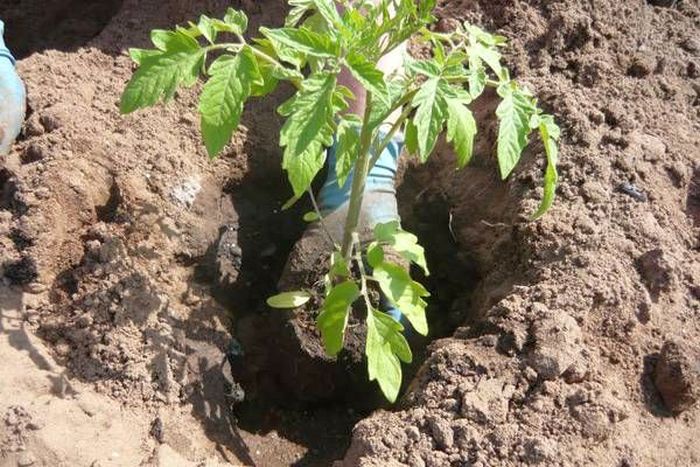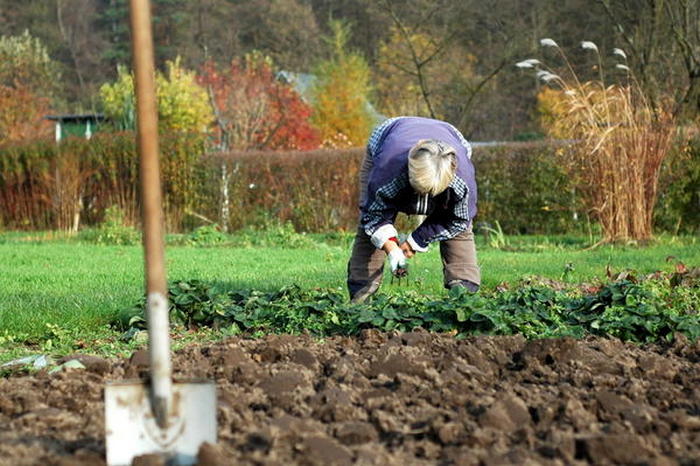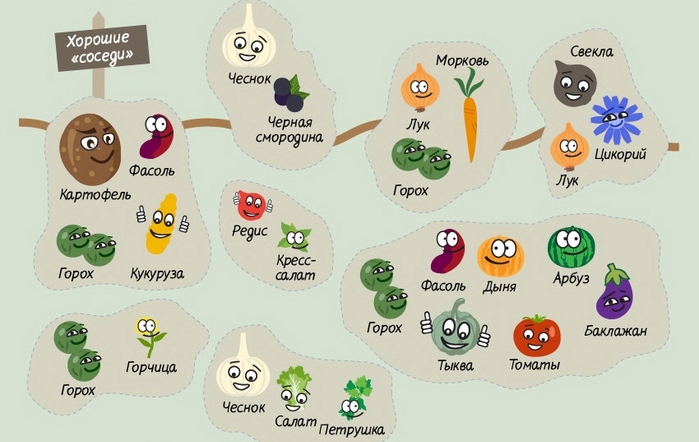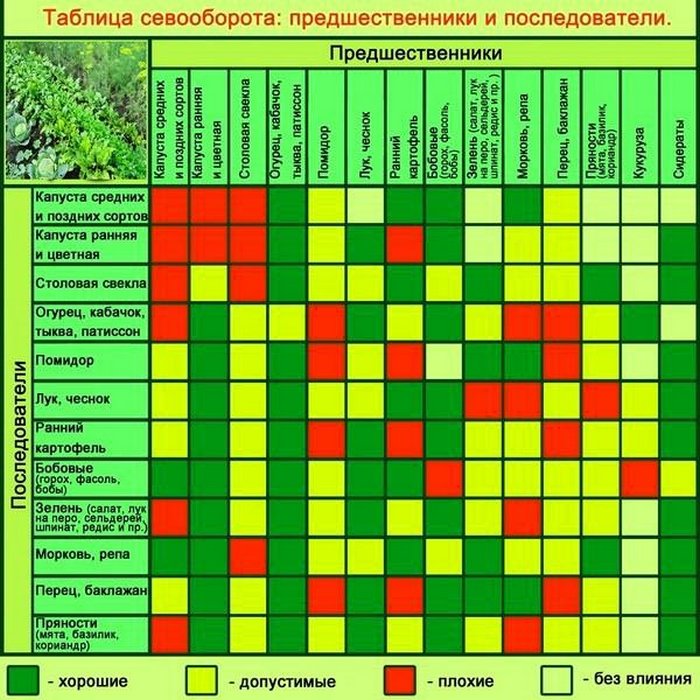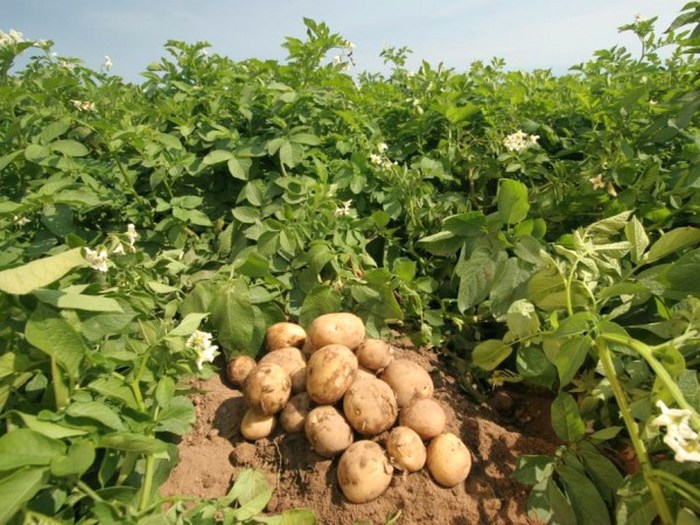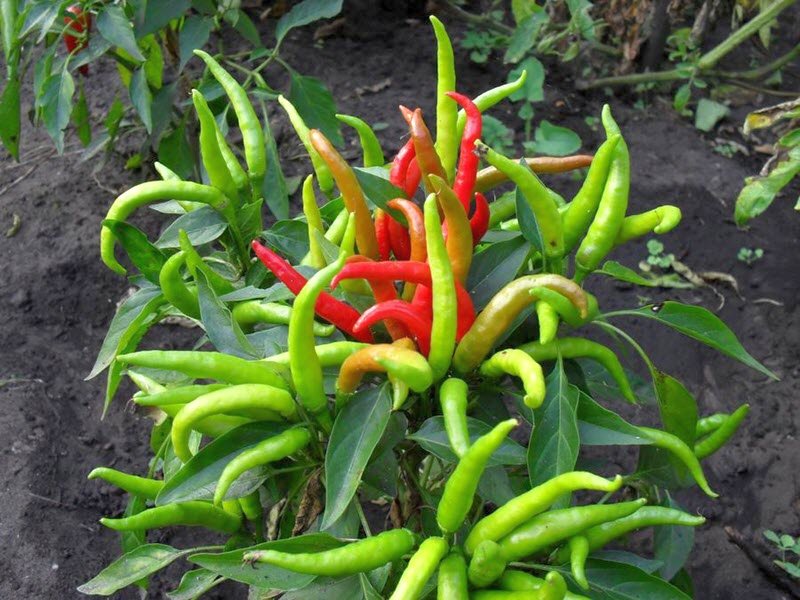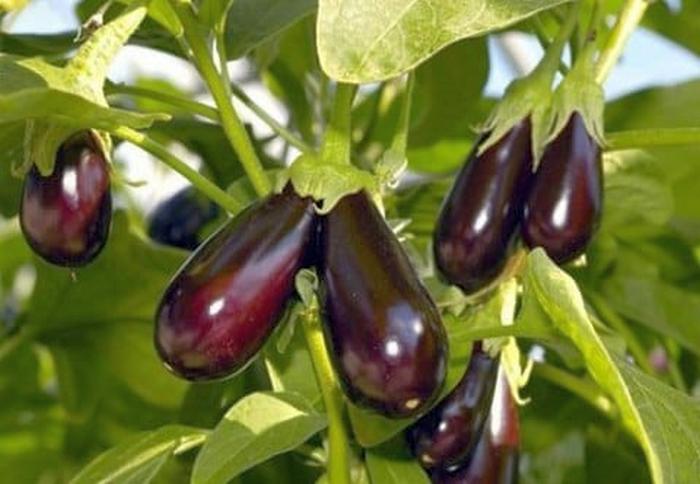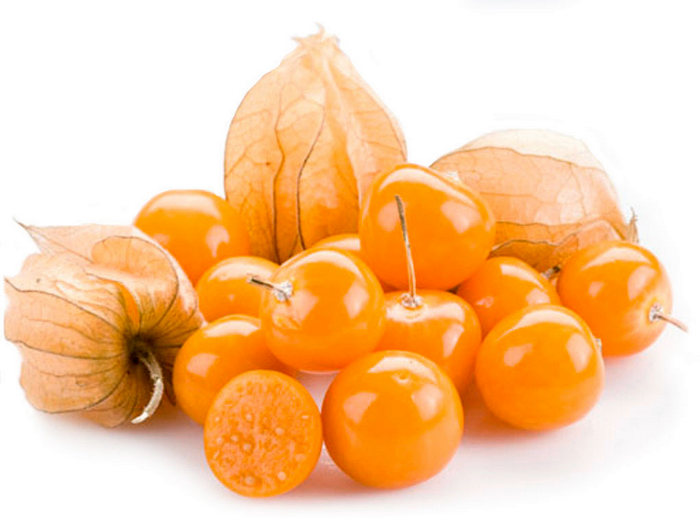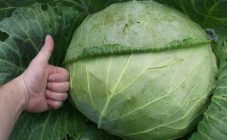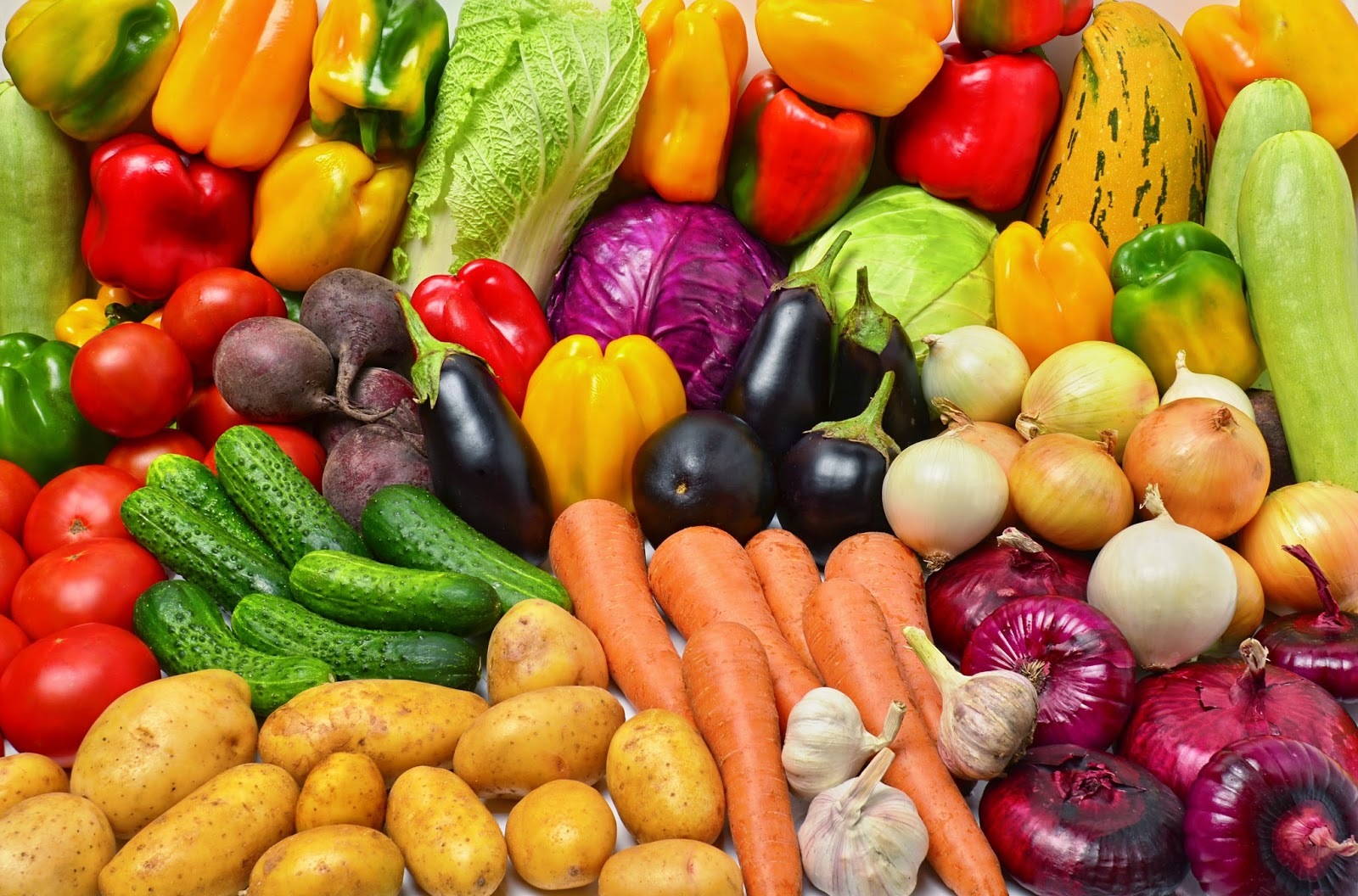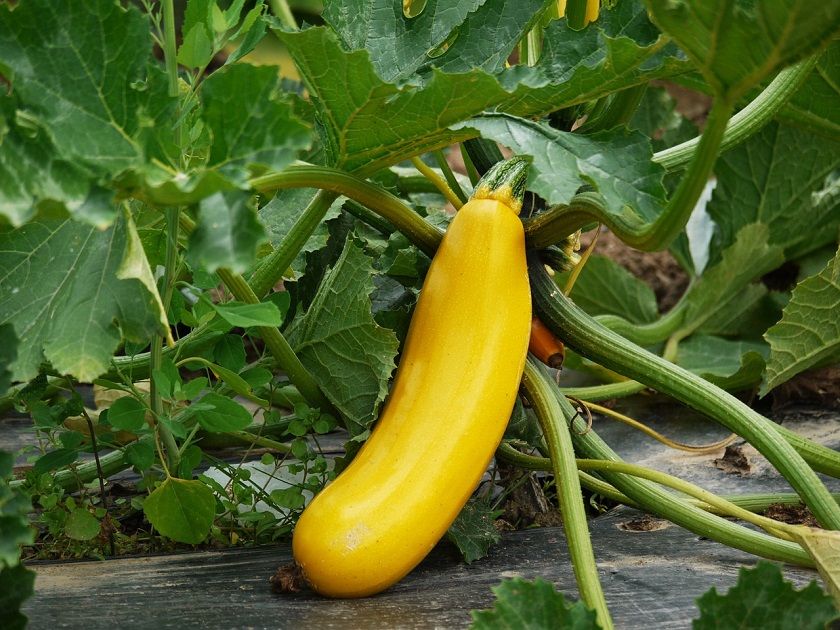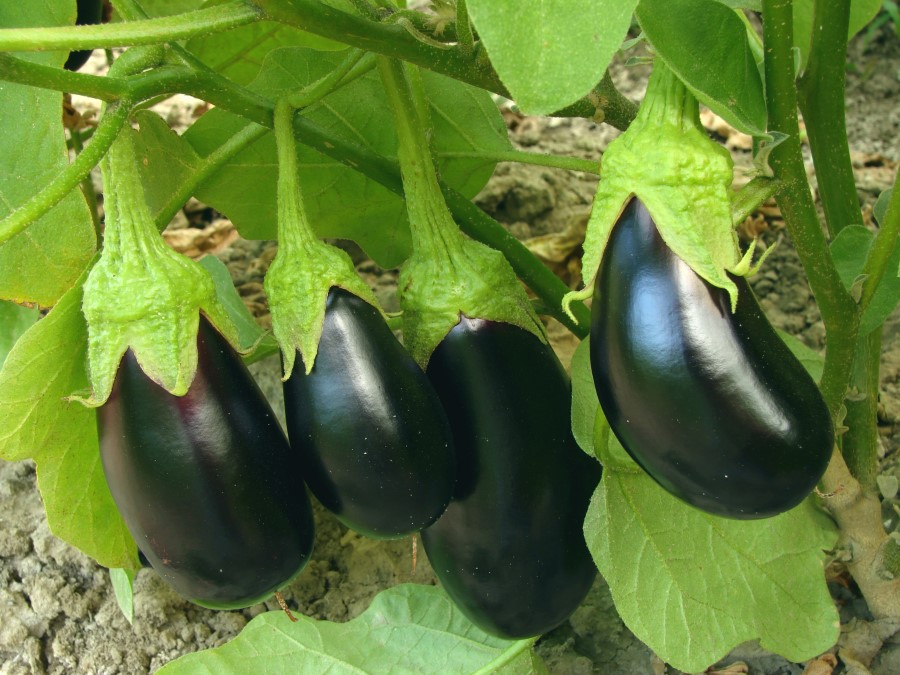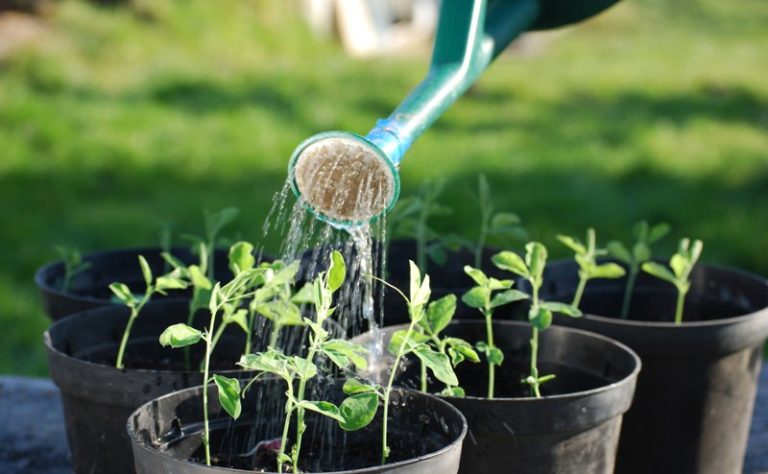Content:
Tomatoes are, perhaps, one of the most popular vegetables among summer residents and gardeners. Even the landowners who planted the site with purely decorative crops do not refuse to grow them. There are more than 25 thousand varieties of tomatoes and breeding work continues to develop varieties with different characteristics: fruit size, early maturity, resistance to pests and diseases, taste.
Basic information about culture
Tomatoes belong to the plants of the nightshade family, in South America, where they come from, wild varieties of this plant are common. The vegetable came to Europe in the middle of the 16th century, to Russia - 200 years later and was used as an exotic plant, and it was considered extremely poisonous. On the territory of European countries, tomatoes were also considered poisonous, and only thanks to the work of the Russian botanist Andrei Timofeevich Bolotov, who was able to develop methods for fruit ripening, this species began to be used for growing for food purposes.
Fruits, depending on the variety, have different sizes, shapes and tastes. Tomatoes have gained a solid position in the cuisine of different nations; it is simply impossible to imagine some national cuisines without them, for example, Italian. They are used in salads raw, added to soups and roasts, stewed, pickled, juices and sauces are made.
The popularity of this type is due not only to the peculiar taste, they contain many essential vitamins, trace elements and have a low calorie content, which is in demand in our time. The systematic consumption of vegetables in food helps prevent hypertension, the high content of coarse fibers contributes to the work of the gastrointestinal tract and cleansing the body of toxins, and reduces the likelihood of developing cancer.
Due to their excellent taste, a variety of uses for food purposes and the presence of vitamins and trace elements, tomatoes in our country are grown from southern regions to northern latitudes. However, not everyone and not always manage to get good harvests, this culture requires attention, knowledge of the peculiarities of agricultural technology and hard work.
Planting tomatoes
The popularity of tomatoes in our country is so great that they are grown in all regions of the country, where they cannot grow in open ground, they are grown in hotbeds, greenhouses, in indoor conditions.
Given the region of origin of vegetables, it is clear that they are a heat-loving crop.
A plot of land for planting is chosen well-cultivated, with loose, fertilized soil. Before planting tomatoes, it is possible to place any crops on the site, except for those belonging to the nightshade family, such as potatoes. Also, do not forget that not every crop will be able to be planted after tomatoes, if you expect to get a harvest.
Tomatoes are planted when the soil warms up to 10 degrees. They choose an open sunny area for planting, tomatoes are very responsive to sunlight.You can plant tomatoes in any land, but it is preferable to choose loose, fertile, well-heated soil.
The land for planting is prepared in the fall, cleaned of the remnants of dry plants, dug in, fertilizers are applied, humus in the amount of 4 kg per square meter and superphosphate, 70 g. Tomatoes are demanding and responsive to feeding. Nitrogen fertilizers stimulate the growth of green mass, the development and ripening of fruits are promoted by phosphorus and potassium fertilizers. Fertilization should not be overused.
What can be planted in the area after tomatoes
So that the work of the gardener is not in vain, you need to adhere to the rules of crop rotation, have an idea of crop rotation. The needs for organic and mineral substances in different types of cultivated plants are different, different pests develop on them, tomato seeds or seedlings are planted in the garden every year, so you need to know what can be planted after a tomato, and which crops should not be planted due to deterioration in quality land.
Crop rotation rules
It is advisable to change planted types of garden crops every year, to change their places. It is allowed to plant in one place for several years in a row only some varieties, for example, corn and potatoes.
Root crops are planted after fruit plants, and vice versa, fruit plants are planted behind root crops. However, plants such as garlic and onions should be planted sequentially in different places in the garden, they contribute to the improvement and health of the soil.
What to plant after tomatoes
The Solanaceae family is not very demanding on the saturation of the soil with mineral and organic substances, the soil itself almost does not deplete, it increases the acidity of the site only if grown in one place for several seasons. Tomatoes can be the predecessors of most of the crops cultivated in the country, so when asked what can be planted after tomatoes, the answer is quite simple: you need to avoid cultivating plants that have the same predisposition to pests and diseases. When deciding what to plant after tomatoes for the next year, you should give preference to plants belonging to a different family.
In order to maintain a crop rotation and get a good harvest, you need to know that after tomatoes you can plant the following garden crops:
- Legume plants: beans, peas and beans, because this species needs nitrogen-containing substances, and legumes enrich the earth with nitrogen.
- A good choice would be to plant cabbage, it has no common diseases with tomatoes, it tolerates a lack of nitrogen calmly, this will not reduce the yield of cabbage.
- You can plant cucumbers, they are also not afraid of tomato diseases, but it is worth fertilizing the soil with compost, cucumbers react to a nitrogen deficiency with a decrease in yield.
- Zucchini will develop well in the area next season after tomatoes.
- After harvesting nightshades, the garden bed can be planted with radishes, radishes, carrots, these plants have a more developed root system and can use minerals that were not absorbed by the predecessor.
- Any salads and other greens will grow well on this site, as well as onions and garlic, which will improve the soil for the future planting season.
It is advisable to return the nightshade to its original place after 2, or preferably 3 years, while it is desirable that before planting plants of the legume family, onions and garlic or cruciferous plants, are placed in this place.
What crops can not be planted after tomatoes
Having figured out what can be planted after tomatoes, you need to know that after them it is not recommended to plant the types of such plants:
- Planting plants of the Solanaceae family: potatoes, peppers is contraindicated without additional soil preparation. They belong to the same family, have similar nutrient requirements, and are prone to the same diseases.
- Planting strawberries is not recommended; it can be infected with late blight.
- Melons planted in the garden after the nightshade family will not give a good harvest, since their roots reach the same depth as their predecessor, they will lack the nutrients consumed by the previous plant.
Solanaceae have few restrictions on previous crops, they are not difficult to fulfill, but if there is not enough land to meet the restrictive conditions, you will have to take a risk. But it is worth remembering that you can plant after tomatoes when fertilizing, replacing the soil in order to please yourself with a good harvest.
Potatoes
The potato is one of the wild perennial plants of the Solanaceae family. White tubers are formed on the roots, for the sake of which it is grown. The fruit of the potato is a purple berry containing many seeds. The berry is poisonous due to its high solanine content. Potatoes are grown in almost all regions of the country, except for areas beyond the Arctic Circle. Tubers are eaten, the growing season is three months, this plant is one of the main food products. Reproduction is carried out vegetatively, by tubers or parts of tubers.
Homeland is South and Central America, in the world there are more than two hundred wild and domesticated plant species. It came to Europe from Spain, at first it was cultivated as an ornamental poisonous plant.
Capsicum
Known as paprika, annual vegetable pepper, bell pepper, is an annual plant when cultivated. Capsicum belongs to the nightshade family, cultivated in all warm regions of the earth, from the southern temperate to tropical regions. In the countries of the former USSR, it is grown in the open field in Ukraine, Moldova, the Caucasus, Central Asia. In the middle latitudes, peppers are grown by seedlings in greenhouses. Pests, as well as for all nightshade, are tomato scoop, nematodes.
It gained popularity due to its taste, high content of vitamins and minerals, it is used both raw, in salads and in canned food, it is used in many national cuisines.
Eggplant
Eggplant, or dark-fruited nightshade, belongs to the nightshade family, in nature it is a perennial herb, in the form of a cultivar it is cultivated as an annual. Only the fruit is eaten.
The homeland of eggplant is considered to be India, South Asia and the Middle East, where it still grows wild. In Europe, it began to be cultivated as a vegetable crop in the 19th century.
Under Russian climatic conditions, eggplant in the open field is grown in the southern regions of the country and in the south of Western Siberia. It is very sensitive to temperature changes, suffers from late blight, dry rot.
Physalis
Physalis also belongs to the nightshade family, colloquially called emerald berries or earthy cranberries. In nature, most species belong to perennial heat-loving plants. On the territory of Russia, ordinary physalis, or Chinese lantern, grows in the wild. Of the edibles in Russian conditions, physalis grows gluten-fruited or Mexican tomato and pubescent physalis or strawberry physalis.
Most of the Russian gardeners grow fruits on their land in the zone of risky farming in small areas.In such conditions, careful selection of seeds, knowledge of the basic rules of crop rotation and agricultural techniques, and, of course, love for plants and work on their site are of great importance for obtaining a rich harvest.
It so happened that nightshades are among the most beloved and popular crops among vegetable growers, and eggplants and peppers and, of course, potatoes. But tomatoes are still ahead, so it is so important for planning the harvest to know what to plant after the tomato next year, and what to transplant to another place.
If you do not follow basic agrotechnical methods, the future crop may not grow, the soil will be depleted or infected with various vegetable diseases.
